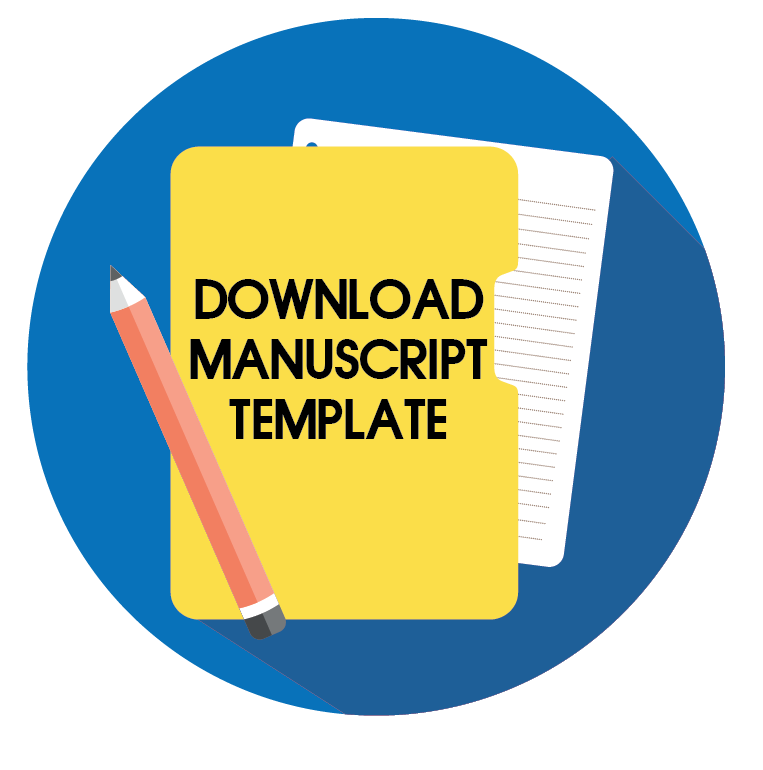Analysis Level of Understanding Software Engineering Student in Cisarua Vocational High School on Algorithm Materials: A Mini Research
Abstract
The first objective of this study was to determine the distance level of understanding of students and teachers in software majors at SMKN 1 Cisarua. And for the second purpose, the author wants to know the cause of students who excel or do not understand the yahoo material. The research method used is descriptive-based qualitative. The respondents consisted of 3 people, namely teachers, students who excel, and students who do not achieve. Structured interviews, new interviews, recorders, and test sheets were used as tools for collecting data. Each question posed to the respondent is compiled based on the performance criteria in the Indonesian National Work Competency Standards. The data analysis technique used is in the form of a proportion formula. The results show that the teacher understands better than students who excel and students who do not. Students who do not excel better understand than students who do not perform well. And one of the factors that cause students to understand the material is a discussion with upper-level students in the RPL department of SMKN 1 Cisarua. And one of the factors that cause students to be unable to understand the material is the discomfort of students using cell phones as a learning medium.
Keywords
Full Text:
PDFReferences
Al Faizah, W. A., and Aminah, N. S. (2019, February). Analysis of Student Concepts Understanding in Solving Scientific Literacy on the Topic of Momentum and Impulse. In Journal of Physics: Conference Series (Vol. 1155, No. 1, p. 012025). IOP Publishing.
Bain, K., Rodriguez, J. M. G., and Towns, M. H. (2019). Investigating student understanding of rate constants: when is a constant “constant”?. Journal of Chemical Education, 96(8), 1571-1577.
Birch, C. (2011). Rethinking Education in the Age of Technology: The Digital Revolution and Schooling in America by Allan Collins and Richard Halverson. Am. J. Educ., 117(3), 433–436.
BPPTIK, (2019). “SKKNI yang Terkait dengan Bidang TIK,” [Online]. Retrieved from: https://bpptik.kominfo.go.id/skkni/
Brownlee, J. (2011). Clever algorithms: nature-inspired programming recipes. United States: Lulu Enterprises.
Bryndin, E. (2018). Technological, economic and social aspects of management by development of the digital industry 4.0. International Journal of Managerial Studies and Research (IJMSR), 6(4), 19-30.
CIDS, A. (2018). “[PRESS RELEASE] The Rise of 4.0 Industrial Revolution and its Impacts in Indonesia,” Center For Digital Society [Online]. Retrieved from: http://cfds.fisipol.ugm.ac.id/article/287/siaran-pers-mengenal-revolusi-industri-40-dan-dampaknya-di-indonesia
Colombo, A. W., Karnouskos, S., Kaynak, O., Shi, Y., and Yin, S. (2017). Industrial cyberphysical systems: A backbone of the fourth industrial revolution. IEEE Industrial Electronics Magazine, 11(1), 6-16.
Corner, E. J., Murray, E. J., and Brett, S. J. (2019). Qualitative, grounded theory exploration of patients’ experience of early mobilisation, rehabilitation and recovery after critical illness. BMJ open, 9(2), e026348.
Gaisman, M. T., Martínez-Planell, R., and McGee, D. (2018). Student understanding of the relation between tangent plane and the total differential of two-variable functions. International Journal of Research in Undergraduate Mathematics Education, 4(1), 181-197.
Harper, R. (2007). Practical Foundations for Programming Languages. Pennsylvania: Carnegie Mellon.
Mitchell, T. (1997). Machine learning. New York: McGraw-Hill.
Noh, N. H., Noor, N. M., Arsat, M., Ali, D. F., Nasir, A. N. M., Abd Wahid, N. H., and Kamin, Y. (Eds.). (2019). TVET towards Industrial Revolution 4.0. Proceedings of the Technical and Vocational Education and Training International Conference (TVETIC 2018), November 26-27, 2018, Johor Bahru, Malaysia. Routledge.
Schmidt-McCormack, J. A., Judge, J. A., Spahr, K., Yang, E., Pugh, R., Karlin, A., ... and Shultz, G. V. (2019). Analysis of the role of a writing-to-learn assignment in student understanding of organic acid–base concepts. Chemistry Education Research and Practice, 20(2), 383-398.
Wijayanto, C. (2019). “Belajar Pemrograman Sebagai Penunjang Kehidupan di Era Industri 4.0,” Kompasiana.com, [Online]. Retrieved from: https://www.kompasiana.com/candrawijayanto/5d4609a9097f36499a201298/belajar-pemrograman-sebagai-penunjang-kehidupan-di-era-industri-4-0#
DOI: https://doi.org/10.17509/invotec.v17i2.33874
Refbacks
- There are currently no refbacks.
Copyright (c) 2021 INVOTEC

This work is licensed under a Creative Commons Attribution-ShareAlike 4.0 International License.
This journal provides immediate open access to its content on the principle that making research freely available to the public supports a greater global exchange of knowledge.

This work is licensed under a Lisensi Creative Commons Atribusi-BerbagiSerupa 4.0 Internasional.



